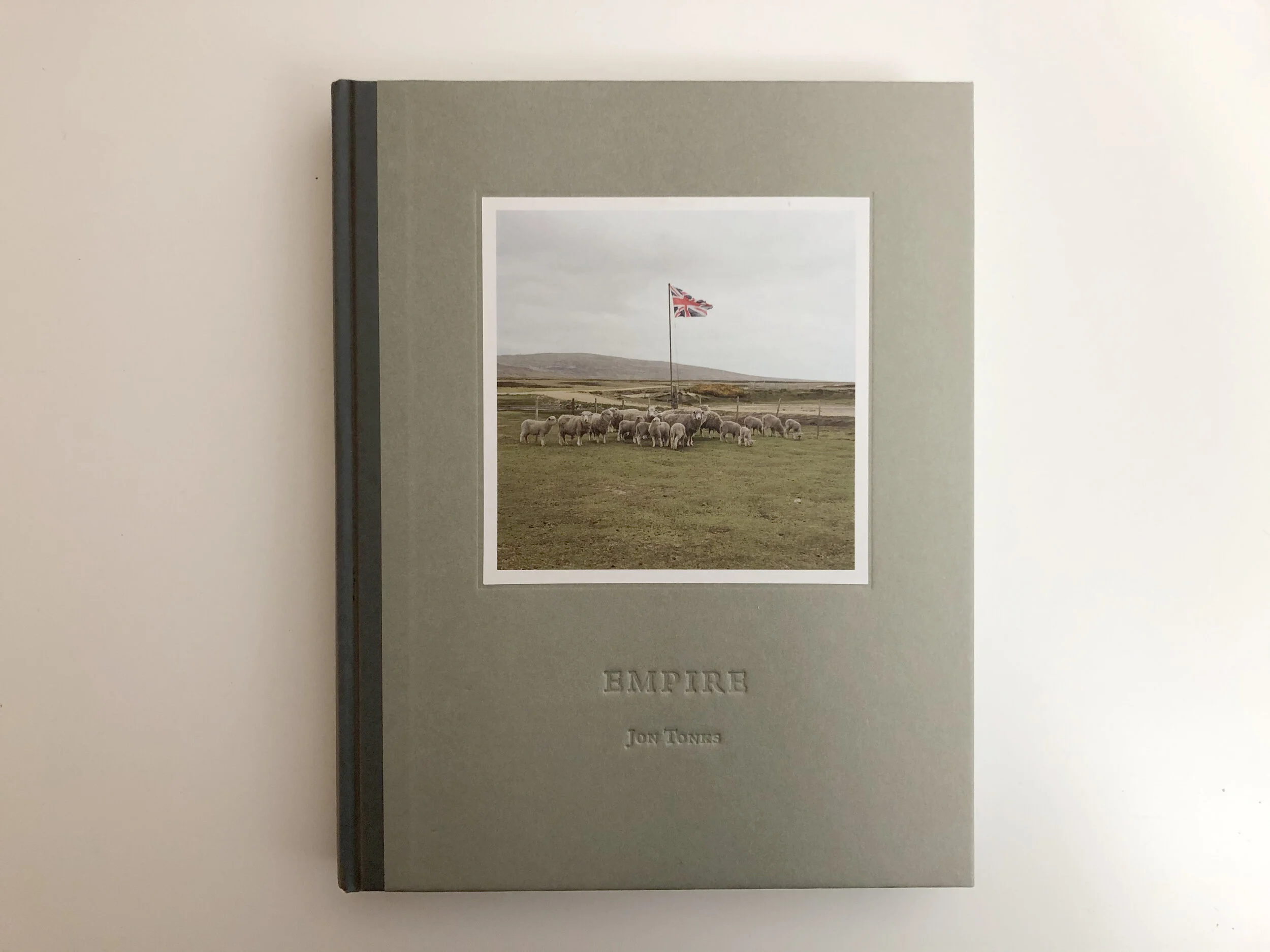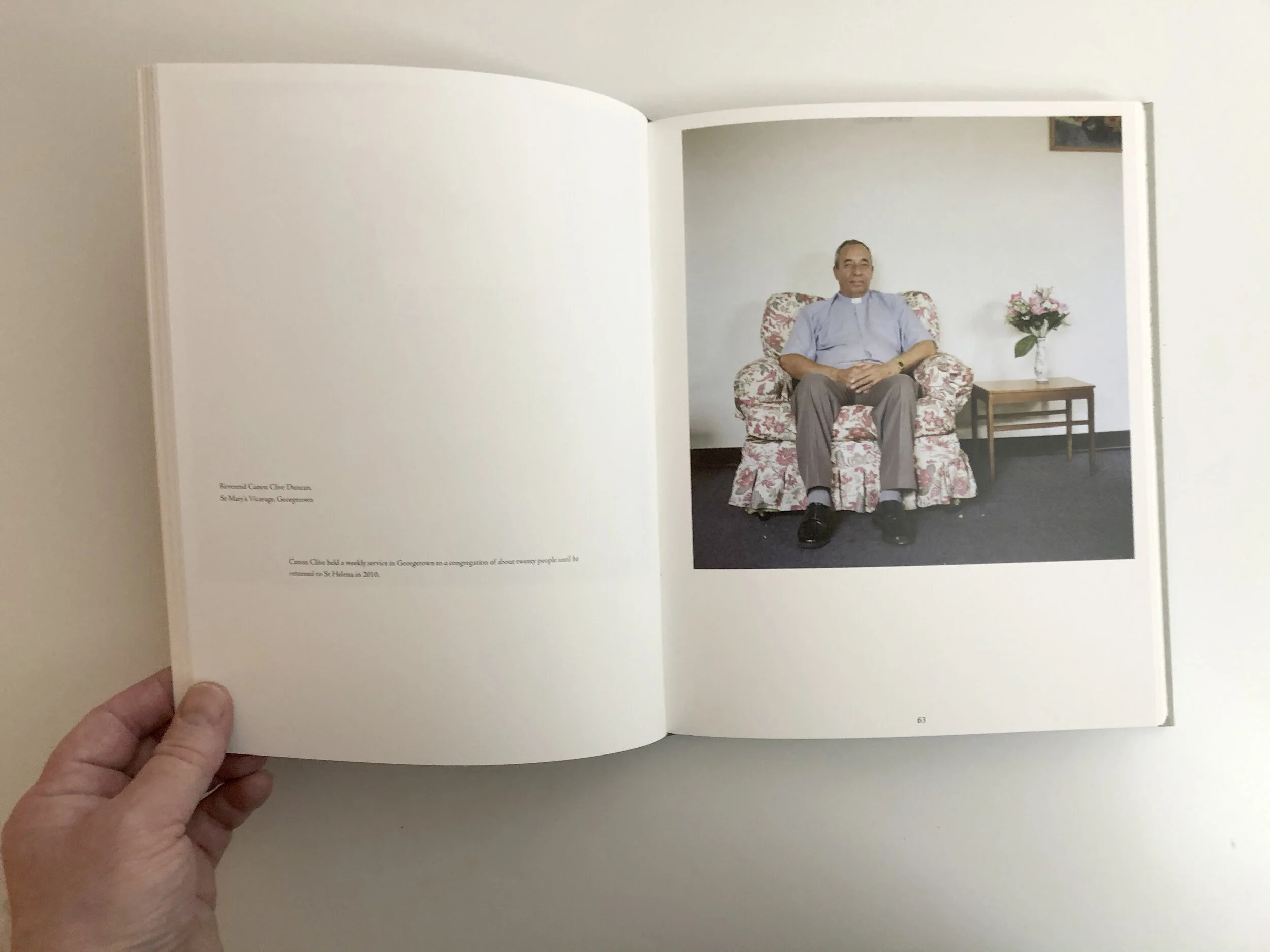The rephotographing of archival images is a subject which had not considered in my past practice. The current way I reproduce archive photographs is scanning with a white background. In my tutorials, it was suggested to look at other archivists work. In particular, Arwed Messmer's work and the archiving of Berlins Police Historical Collection, which is a fascinating insight into student protests. His book 'Berlin 1966-70' catalogues the images in a chronological order using a film border as a device to add continuity to the presentation.
A photograph showing my Father and his fellow tank crew taken in Belgium 1945. Photographer unknown
Using a film border to create continuity to the images – Arwed Messmer ‘Berlin 1966-70’
Using archival photos posed some issues about how they would be displayed and how they relate to the new photographs. The majority of the archive photos are black and white, so I must decide whether to shoot in black and white or use both. Following a recent tutorial, it is possible to mix the media using colour for the new photographs. I will explore this, along with which format to use. I have always favoured 6×6 using film, this size works well, particularly in a book configuration which is my aim for the FMP. Our recent webinar with John Tonks and his book 'Empire' (Jon Tonks 2013 ISBN 978-1-907893-49-0) is a good example; however, he does not have the requirement to display existing archive photos.
Front Cover ‘Empire’ by Jon Tonks
Displaying the square format of the book ‘Empire’ by Jon Tonks



